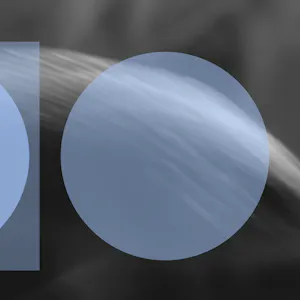Business Continuity Management Systems


PGI’s Digital Investigations Team brings you the Digital Threat Digest, SOCMINT and OSINT insights into disinformation, influence operations, and online harms.

For our last digest, my colleague wrote about how difficult it is for digital investigations analysts and OSINT researchers to ‘switch off’ during the holidays, especially knowing that there’s no similar break for online threat actors. And they were right – it’s a new year, but my mind is still focused on the political volatility and digital behaviours that have carried on from 2023.
In India, for example, December was a far from quiet month. The government passed its contentious Telecommunications Act, replacing colonial-era legislation with newer and tighter telecommunications regulations, despite a ‘suspension of democracy’ (read: lack of opposition) in Parliament. This Act enables the central government to regulate over-the-top (OTT) services such as WhatsApp, Signal and Gmail; prohibits individuals from providing ‘false particulars’ and ‘suppressing information’ while establishing their identity to telecommunications services; and reaffirms the government’s power to impose internet shutdowns, without implementing any safeguards. It has raised concerns about mass surveillance, the protection of anonymity, and state control over digital infrastructure; but what particularly interests me is the impact that it will have on the country's digital threat landscape.
I’ve spent the better part of the last two years monitoring India – primarily due to its political volatility, unique nexus of disinformation and hate speech, and high-risk Legislative Assembly and general elections – and have somewhat familiarised myself with its information environment. However, with the passing of the Telecommunications Act, this familiarity may change in 2024. To keep up, both OSINT researchers and threat actors will have to evolve with the new status quo, with the latter likely maintaining their narratives and targets but adopting more sophisticated behaviours and infrastructure – including, potentially, a move towards less-monitored (and more egregious) digital spaces. It also depends on who these threat actors are: as noted in a previous digest, whoever controls digital infrastructure is by nature the most dangerous threat actor in an information environment. This means that while the new Telecommunications Act will hinder some, it will strengthen others, depending on the extent of their alignment with the state. Most interestingly, all of this will play out in the months leading up to the May 2024 general election – pointing to the potential for significant political upheaval, both online and offline.
The point is that India has a complex and dynamic information environment that is repeatedly exploited by threat actors. It never hits pause – and so we welcome 2024 with a new Act that not only curtails civil liberties, but also paves the way for a more sophisticated and complex threat landscape during a key political period. It’s one to keep an eye on; and as they say, big brother is always watching.
More about Protection Group International's Digital Investigations
Our Digital Investigations Analysts combine modern exploitative technology with deep human analytical expertise that covers the social media platforms themselves and the behaviours and the intents of those who use them. Our experienced analyst team have a deep understanding of how various threat groups use social media and follow a three-pronged approach focused on content, behaviour and infrastructure to assess and substantiate threat landscapes.
Disclaimer: Protection Group International does not endorse any of the linked content.

At their core, artificial systems are a series of relationships between intelligence, truth, and decision making.

Feeding the name of a new criminal to the online OSINT community is like waving a red rag to a bull. There’s an immediate scramble to be the first to find every piece of information out there on the target, and present it back in a nice network graph (bonus points if you’re using your own network graph product and the whole thing is a thinly veiled advert for why your Ghunt code wrap with its purple-backlit-round-edged-dynamic-element CSS is better than everyone else’s).

There is a tendency to think that modern problems require modern solutions. Got a problem with AI-generated content? Your only hope is to build an AI-powered detection engine.